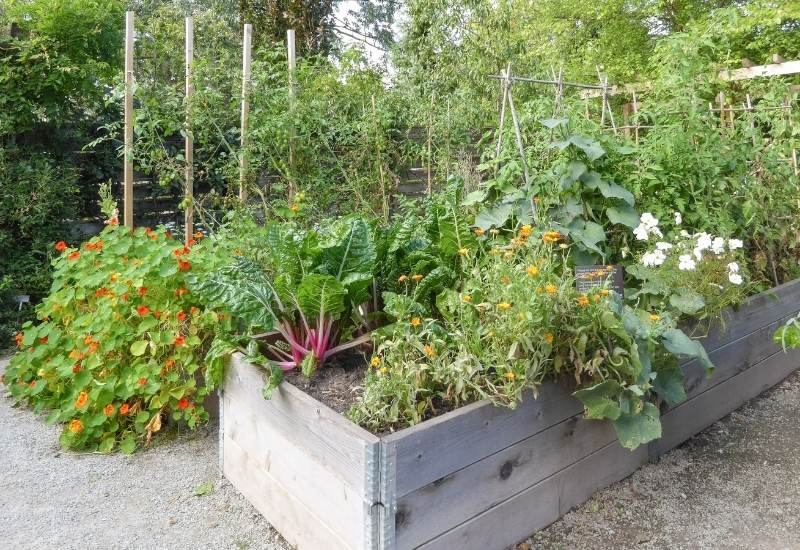
Companion planting is a revolutionary technique to keep your zucchini and summer squash healthy and productive. But which plants to grow with zucchini?
The right companion plants for zucchini and summer squash need to have some qualities. They can’t compete for nutrients with your crops, have the right size and shape, attract the right insects and repel pests. Garlic, herbs and leaf vegetables are fine, for example, while pumpkins and potatoes are not.
Since there are several plants that are that grow well in close proximity to zucchini, but there are also a group of plants your need to avoid planting next to zucchini and summer squash.
In the following article, we will discuss the benefits of companion planting with zucchini and summer and a list veggie plants, herbs, or flowering plants that make excellent companions for zucchini and also three you really need to keep in a different bed.
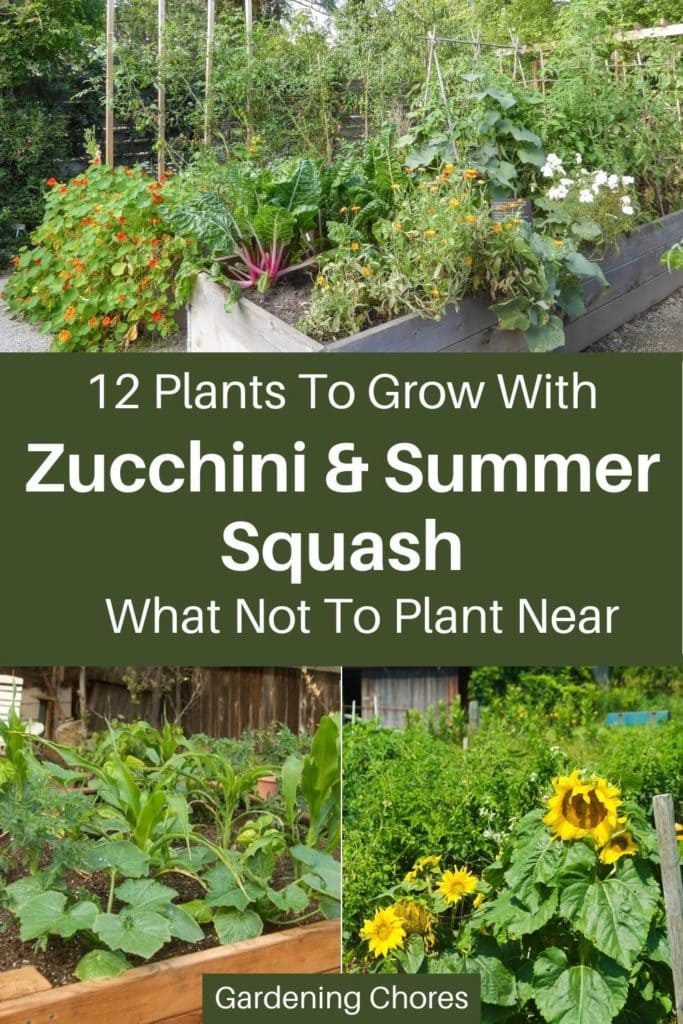
The Benefits Of Companion Planting
Companion planting is becoming very popular for a reason: it is full of advantages. It is now a core principle of revolutionary gardening techniques like permaculture. So, we can look a the main ones right now.
1: Companion Planting Saves Space
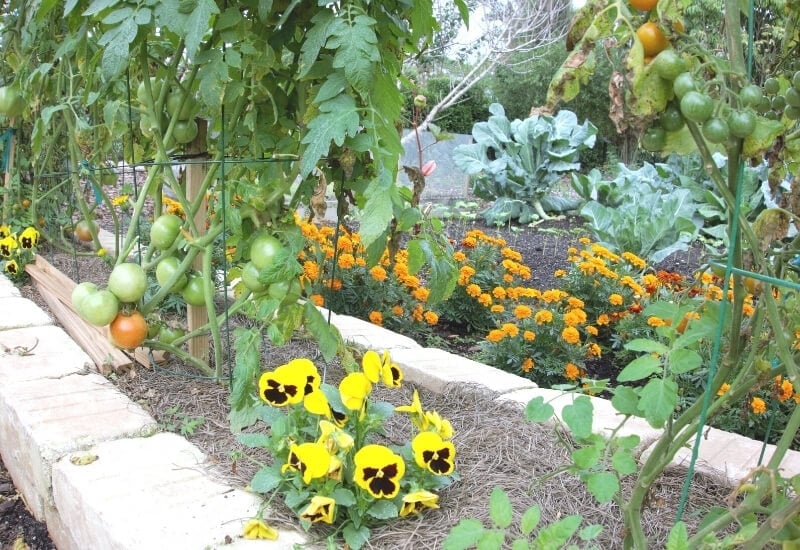
All that empty space between plants for what? In traditional gardening, the soil between your cabbage plants is not productive and it requires weeding. With companion planting you can increase your produce per square yard (acre etc.)
2: Companion Planting Gives Crop Variety
If you have a small space or a monoculture, you will only have a small range of crops. If you grow more than one crop on the same piece of land, you can have a wider variety. That is a huge advantage on a personal basis, as you get more fresh veggies etc.
But it is also a major advantage commercially. Not only you get more out of your land, you have safer crops. Of the main crop fails, you still have a backup crop!
3: Companion Planting Improves Soil Nutrients
If you combine your crops correctly, you can crate a synergy. One crop gives so e nutrients to the other crop and vice versa. Legumes and cereals work well together,
because legumes give lots of nitrogen to the soil and cereals use a lot of nitrogen. Basically they feed each other, if only partially.
4: Companion Planting Improves Flavor
Companion planting improves the flavor of crops, especially high quality ones. Do you know why some wines have a pear, cherry etc. flavor?
Then, the super expert product: extra virgin olive oil. I love it, and some taste, for example of artichokes…
Why? Because some plants give their flavor to the their neighbors. So if you grow pears in between grape vines, your wine will acquire that sweet and “cosy” flavor of pears…
Some plants in particular receive flavor very well (juicy fruits, including tomatoes, olives etc.) others give a lot of flavor (herbs, garlic and onions).
5: Companion Planting Controls Pests
You can use companion planting to keep unwanted insects and pests at bay. Some plants like mint, marigold and garlic are loathsome to so many pests, that you can literally replace pesticides with them. Even chili is great for this.
6: Companion Planting Can Attract Good Insects
You can attract friendly insects like bees and pollinators with flowering plants. Again legumes have massive blooms, and they attract lots of butterflies and bees… There are many,
just be very aware that the more pollinators you attract to your peppers, zucchini, squash, tomatoes and egg plants, the more they will fruit! These little friends on six legs can actually increase your yield significantly.
7: Companion Planting Protects the Soil as Groundcover
Groundcover is now accepted as the best way to preserve moisture an nutrients in the soil. Bare soil means that it is open to erosion.
Rain, sunlight an wind literally dry up and drain nutrients from the soil, making it infertile. So, if you grow plants between your main crop, you keep the soil protected. If you can also harvest these, then you get two advantages out of one trick!
Key Rules For Companion Planting
Companion planting has some rules. You can’t just plant any plant next to your main crop. There are some key points you need to keep in mind.
1: The Size And Shape Of The Companion Plant
The size and shape of the companion plant are very important. They need to have a shape that fits in the gaps, and a size that does not overwhelm the main crop. Onions, leeks, garlic and fennel have a perfect shape for many crops, for example.
They are large at the bottom and have thin leaves… So they fit even between large and “bulged” crops like kale, cabbage and cauliflower…
If you plant a tall plant between your main crop, like beans and peas, for example, it will take away the light from it.
But you can plant beans and peas at the back of the crop (not between the crop and the main light direction of course).
2: Nutrient Competition And Companion Planting
You don’t want your two crops to compete for the same nutrients. True, each plant wants a very precise mix of nutrients, but there are general groups.
In fact, a good rule of thumb is to use crops that follow each other in crop rotation. So, in general, leafy greens and root vegetables go well together. Brassicas and fruit vegetables go well together etc…
3: Type Of Crop And Companion Planting
The type of crop is also important: leaf, root, fruit, flower or even seed. You should not mix two plants of the same category.
Eggplant and tomatoes don’t go well together; they are both fruit crops. But eggplant and onions or carrots do; one is fruit, the other is root… Got the idea?
4: Season And Companion Planting
Of course, you want plants that grow in the same season. If you plant a winter vegetable with a summer crop… One pf them will simply not grow, according to when you plant it.
5: Watering Needs And Companion Planting
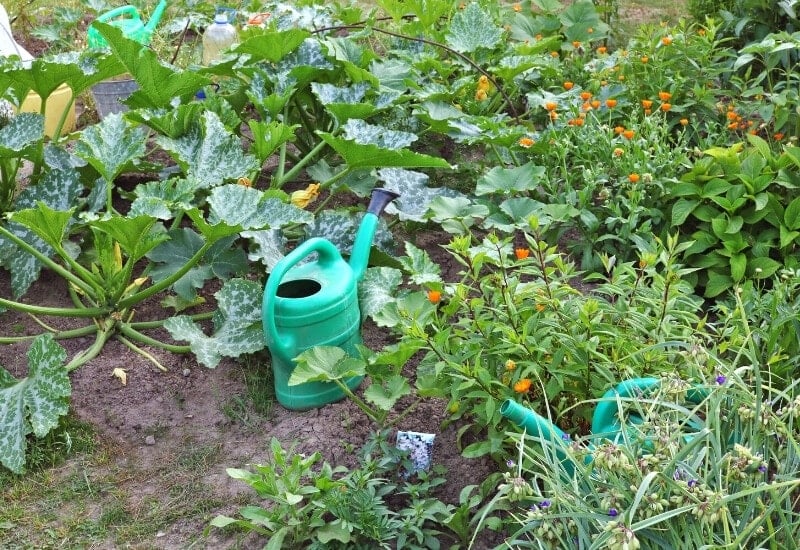
Some vegetables need lots of watering, others like dry soil. These don’t go well together in many cases. But there are very flexible plants you can use in case you are shirt of ideas.
Here again, some like garlic and onion are real stars, but also carrots, as long as the soil is loose…And now, let’s see which are the best companion plants zucchini and summer squash.
12 Companion Plants to Grow Alongside Zucchini And Summer Squash
Zucchini and summer squash are more complicated than others when it comes to companion planting.
The shape and size of the plants themselves give you some practical limitations. Then, they are fairly demanding when it comes to watering, and they are very hungry plants…
But you have a large choice especially among herbs and flowers. Just a little note before we start the list: you will read “spacing” for each plant; that is spacing from the next plant of the same type, and take it as a minimum.
Of course, with companion planting you may want to adjust it to your needs.
Here are the 12 zucchini and summer squash companion plants that can deter pests and generally boost growth and production.
1: Garlic
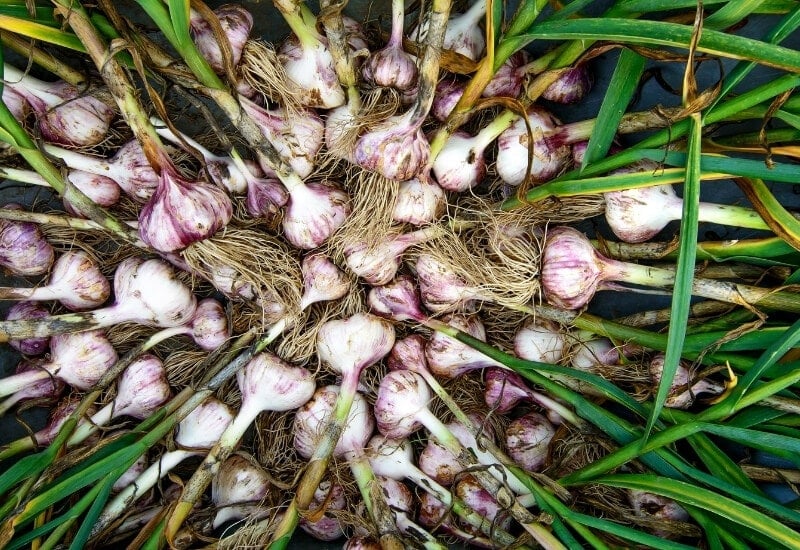
You expected garlic. It is just perfect. It is small, it does not mind the shade of big zucchini or squash leaves, it adapts to the watering needs of these plants…
But garlic will also do something more: it will keep snails and slugs away from your precious squash and zucchini (and their flowers and leaves: they are edible too and many people do love them).
It is also a natural disinfectant; it works well against fungi, and squash and zucchini can get molds under those fresh, broad and shady leaves.
2: Marigold
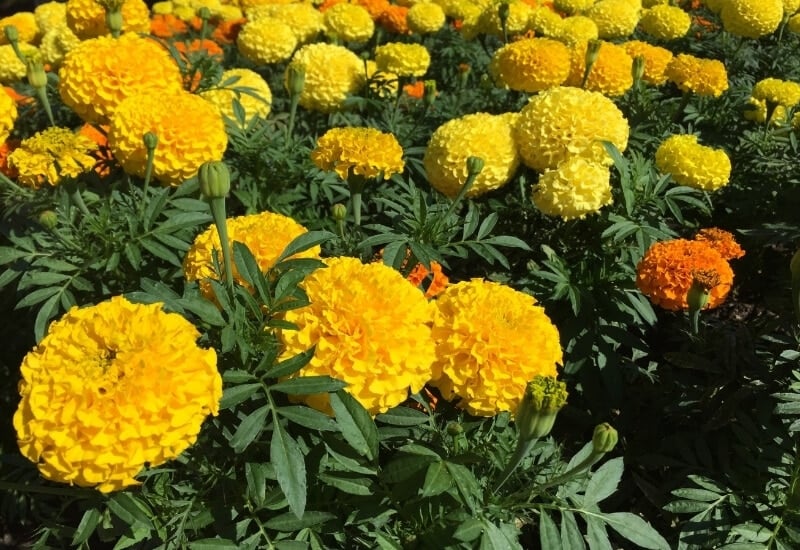
Marigold is not actually a vegetable, but a flower, But it has an impressive quality and it is an outstanding companion planting for most crops including zucchini.
Basically no dangerous bug can stand the smell of marigold. They literally run away from marigold flowers and leaves. And they do give you a wonderful and long bloom!
3: Peas
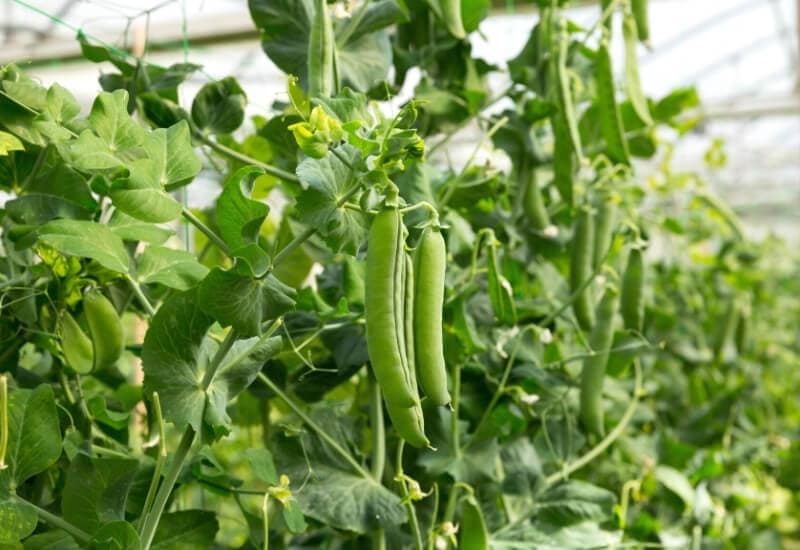
You cannot grow peas between squash and zucchini plants, but you can grow them at the back. The reason is that they are tall plants, and they also need support as they are climbers. So, they would leave your plants in the shade…
But they do have an outstanding quality: they put nitrogen into the soil. And nitrogen is the “staple food” of zucchini and summer squash, the nutrient they need in biggest quantities.
4: Mint
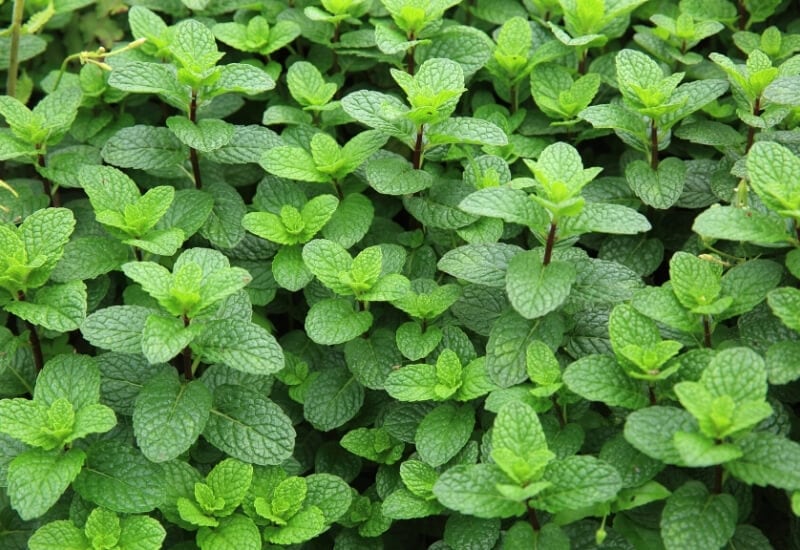
Mint is a very good herb that can grow even in dark places. It is tall and slender, so it can grow well between the foliage of zucchini and summer squash.
It is also very low maintenance; once you plant it, it will never give you any trouble. Mint keeps some pests away from your crops too (as well as mosquitoes!), which is an extra bonus.
5: Corn
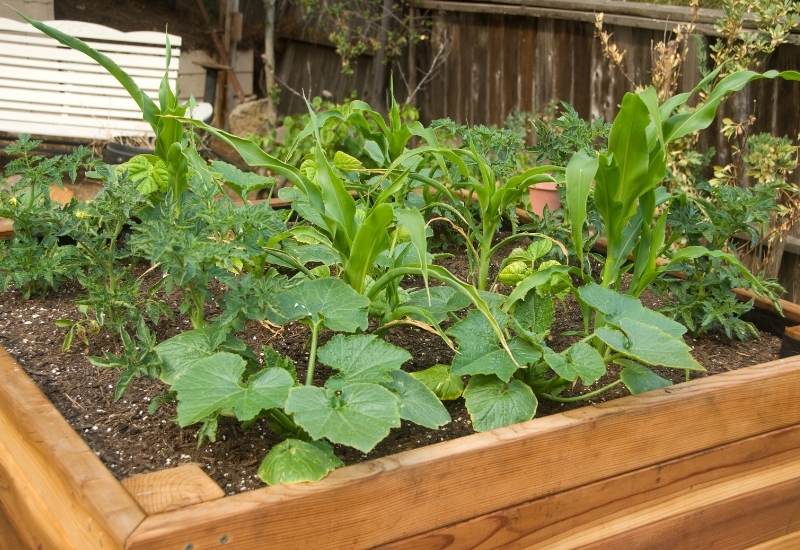
You can plant some corn canes between the zucchini or summer squash plants. Space them out so that they do not form a “wall” that cuts off the light from your main (and lower) crops.
But if you grow a few spaced out plants, they will simply come through the lower foliage and give you a crop far above your zucchini and summer squash.
Corn really likes the same soil conditions and squash or zucchini; this is why the go so well together.
6: Onions
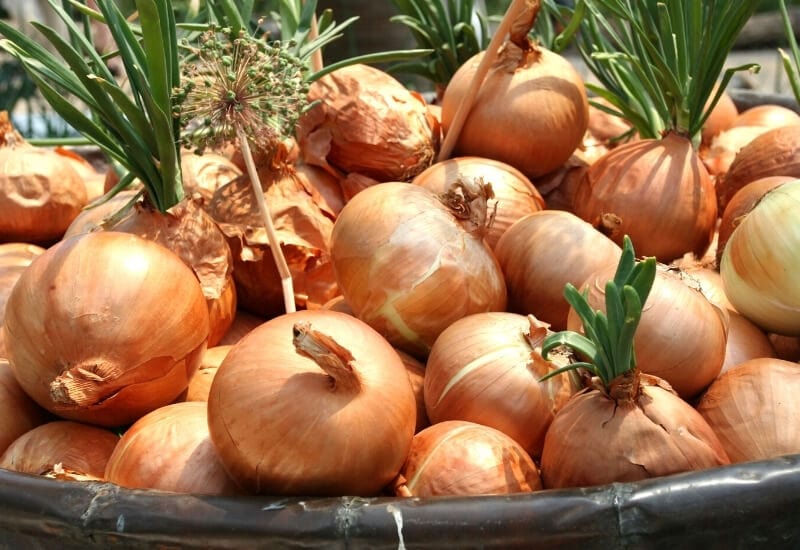
Onions have the same shape as garlic, bulgy at ground level and thin above. This makes them excellent companion plants for most other plants.
They too can keep slugs and snails away (less than garlic) and they too keep the soil clean from fungi and molds.
You can leave them in the soil till after the zucchini and squash have stopped giving and allow them to dry up after you have cut the plants of your main crop.
7: Sunflower
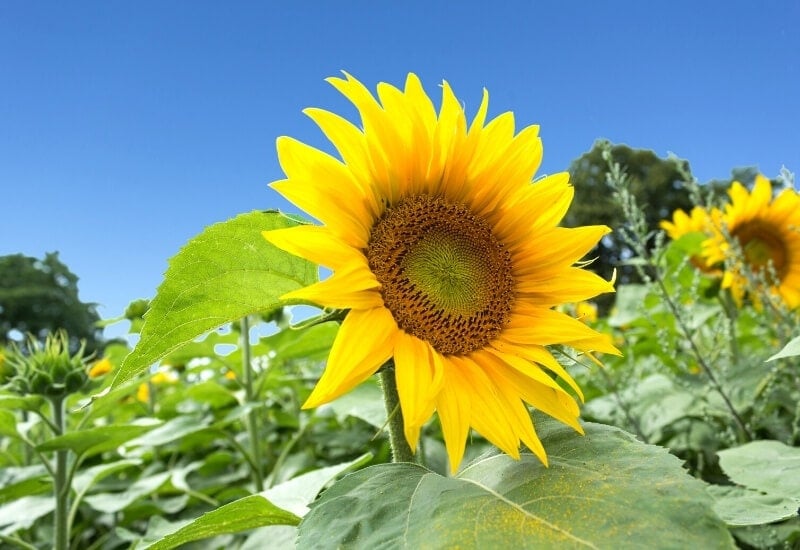
You can have tall sunflower plants rising above your summer squash and zucchini. They will not bother your main crop because the stem is comparatively thin. They too come in summer, but they are “at a higher storey” than zucchini and squash.
They are also very undemanding plants. Just don’t plant them too close to each other. Do the same as you would with corn: scatter them over the bed, so they don’t form a “curtain” against the Sun.
8: Borage
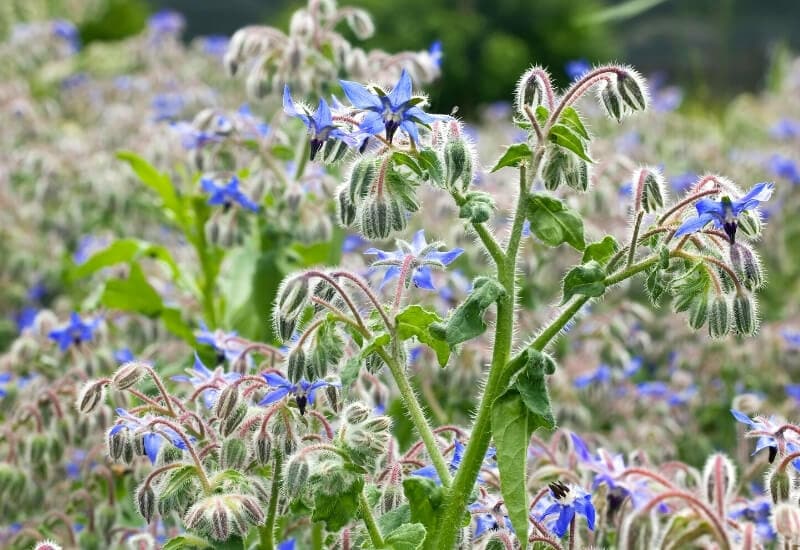
Borage is an impressive plant and good companion of zucchini. Apart from the beautiful blue flowers, it also produces leaves that are packed with nutrients and even have medicinal qualities.
It is fairly large at the bottom, but you can squeeze it in between your squash and zucchini.
9: Turnips
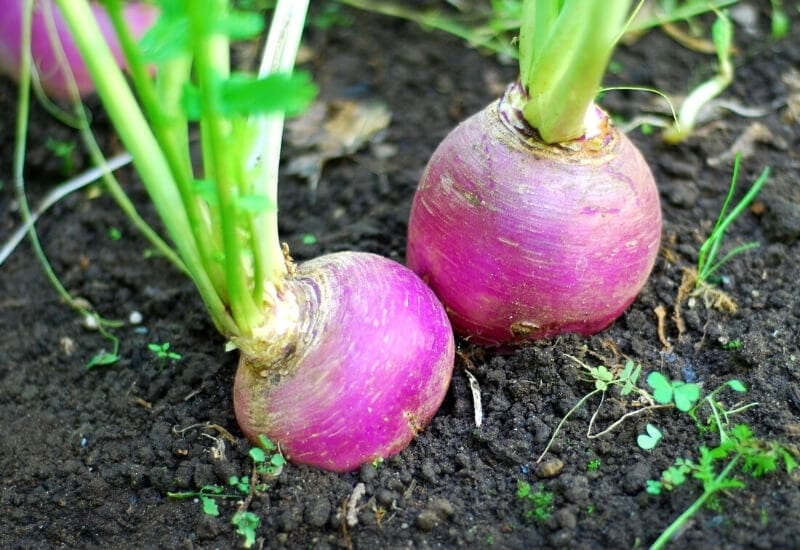
Turnips can give you a very good summer harvest, and they fit in very well with squash and zucchini. The reason is that they have a large root, which will not bother your main crop.
Then they are thin at the base, which allows the squash and zucchini plants to have all the space they want, while the leaves have a fairly upward habit.
But turnips also have another advantage: they repel aphids, and, you know, aphids just love squash!
10: Nasturtiums
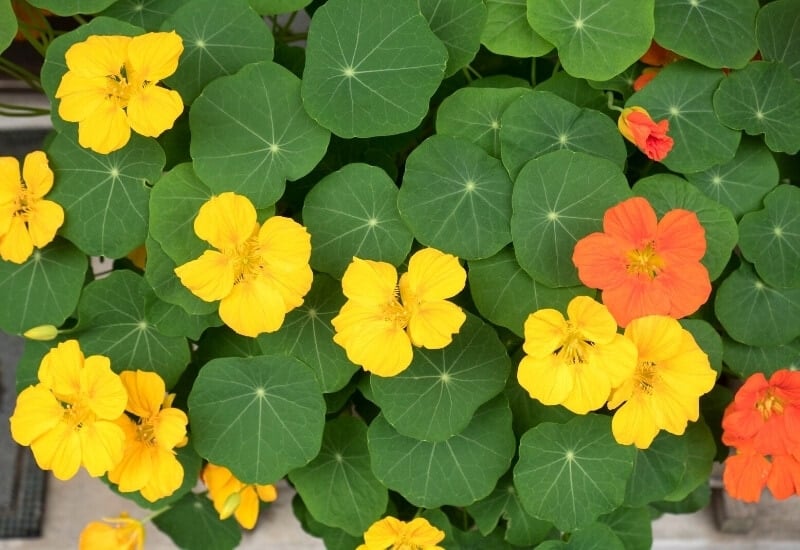
Nasturtiums are very beautiful flowers that you can scatter among your zucchini and summer squash plants. But this is not just for beauty…
They attract lots of pollinators, true, but they repel squash vine borers. At the same time, beetles love them, and beetles eat aphids (which love zucchini and squash)…
11: Lemon Balm
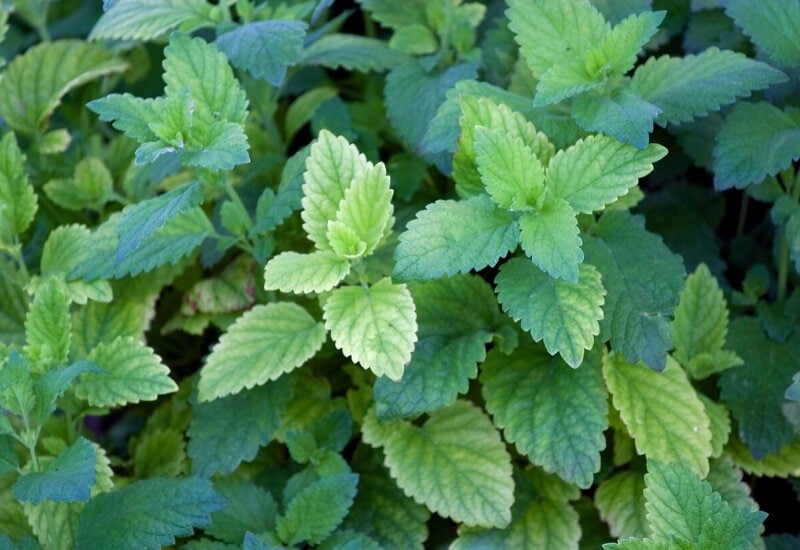
Lemon balm looks like mint and it is related to mint. It too has lots of nutritional as well as medicinal qualities.
It grows fairly tall and straight, with an upright habit that fits well with zucchini and squash plants. And lemon balm also keeps pests that love zucchini and summer squash at bay!
12: Oregano
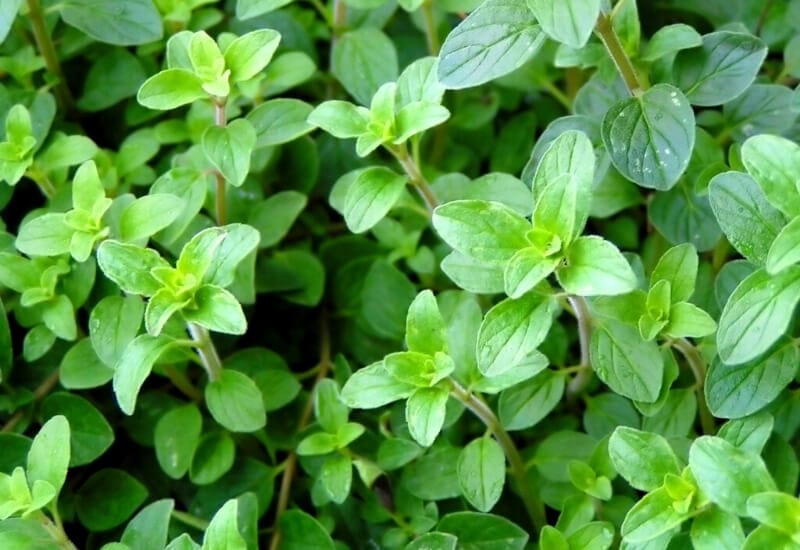
It’s best if you grow oregano around your zucchini and summer squash plants, rather than between them. Grow it on the edges of your vegetable beds. It likes lots of sunlight, and it has a very thin and standing habit…
So, it would be weak and difficult to find within the main bed. But if you plant it around, as I sad, you will have a wall, ore better a hedge against pests and insects.
What To Avoid Planting Next To Zucchini And Squash
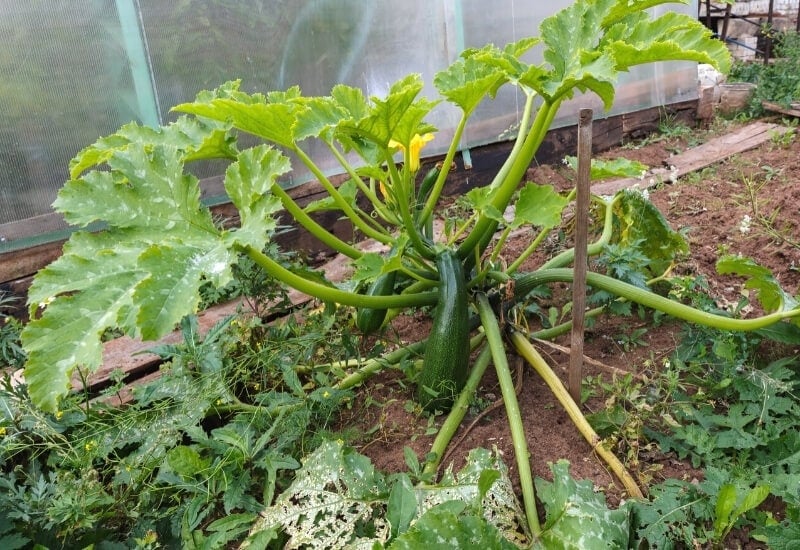
You can try and experiment with a few other similar plants, but there are some you should really avoid, and here they are. By the way, we put tips on how to grow them too; just in case you want them somewhere else.
1: Potatoes
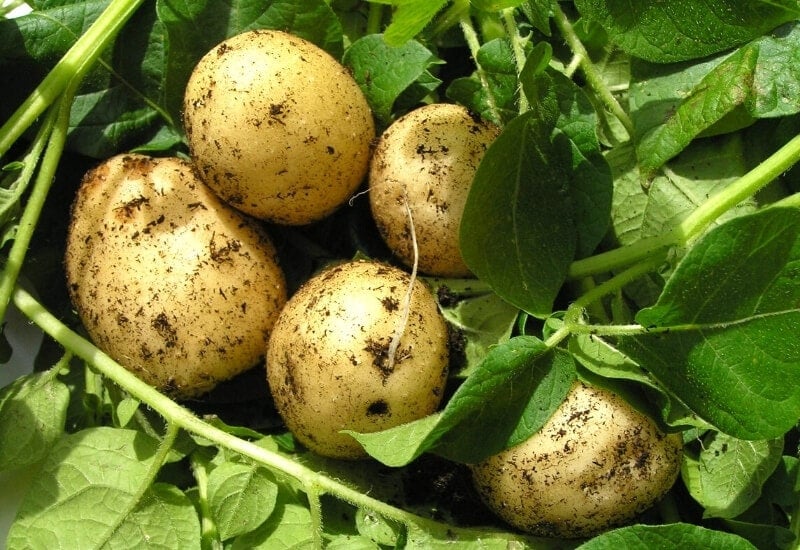
Potatoes are a very bad choice to mix in with zucchini and summer squash. They attract pests like few other plants. Also the bushy, low bearing and wide spreading shape of the potato plants really clashes with that of zucchini and squash. They also need far too many nutrients from the soil, and they will compete with your main crops.
2: Pumpkin
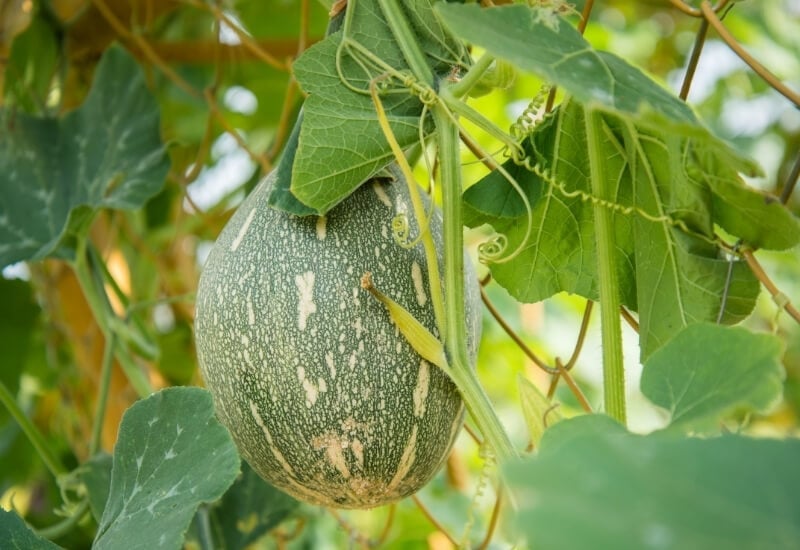
To start with pumpkins are very closely related to zucchini and squash. This mean that they have a similar shape as plants, so they’d end up fighting with each other for space. They also have similar nutrient requirements.
But the story is much bigger; they may cross pollinate and in general, pumpkins really like to stay with other pumpkins, and even better if kf the exact same variety (the fruits get bigger).
3: Cucumber
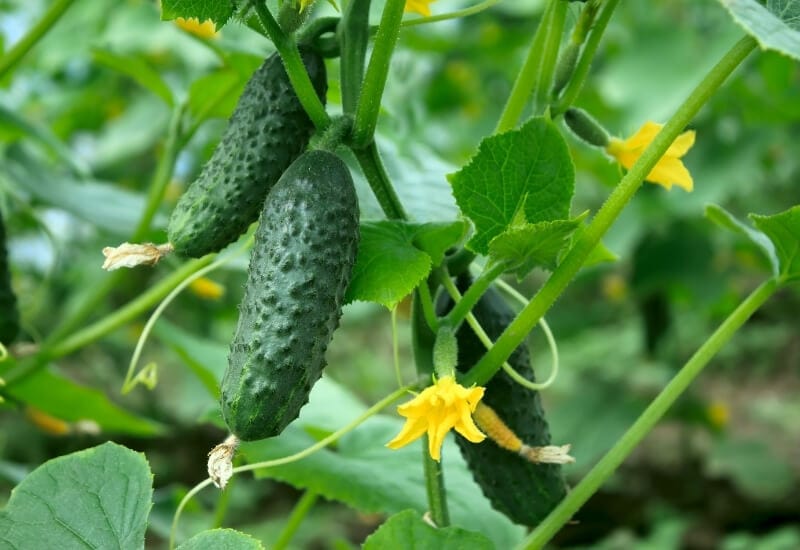
Zucchini and cucumbers, both members of the Cucurbitaceae family, shouldn’t be planted together. While they share growth requirements, cucumbers can be especially competitive for water, potentially depriving zucchini and causing it to dry out. Furthermore, their proximity can lead to competition for space and nutrients. To ensure each plant thrives, it’s best to provide them with separate growing areas.
Best Friends And Good Neighbors
Well done! Now you know a lot about companion planting, its benefits, key rules and which ones are the best friends for your zucchini and summer squash.
But you also know which ones are better kept in a different bed, a bit like we do with good neighbors…

Written By
Amber Noyes
Amber Noyes was born and raised in a suburban California town, San Mateo. She holds a master’s degree in horticulture from the University of California as well as a BS in Biology from the University of San Francisco. With experience working on an organic farm, water conservation research, farmers’ markets, and plant nursery, she understands what makes plants thrive and how we can better understand the connection between microclimate and plant health. When she’s not on the land, Amber loves informing people of new ideas/things related to gardening, especially organic gardening, houseplants, and growing plants in a small space.
